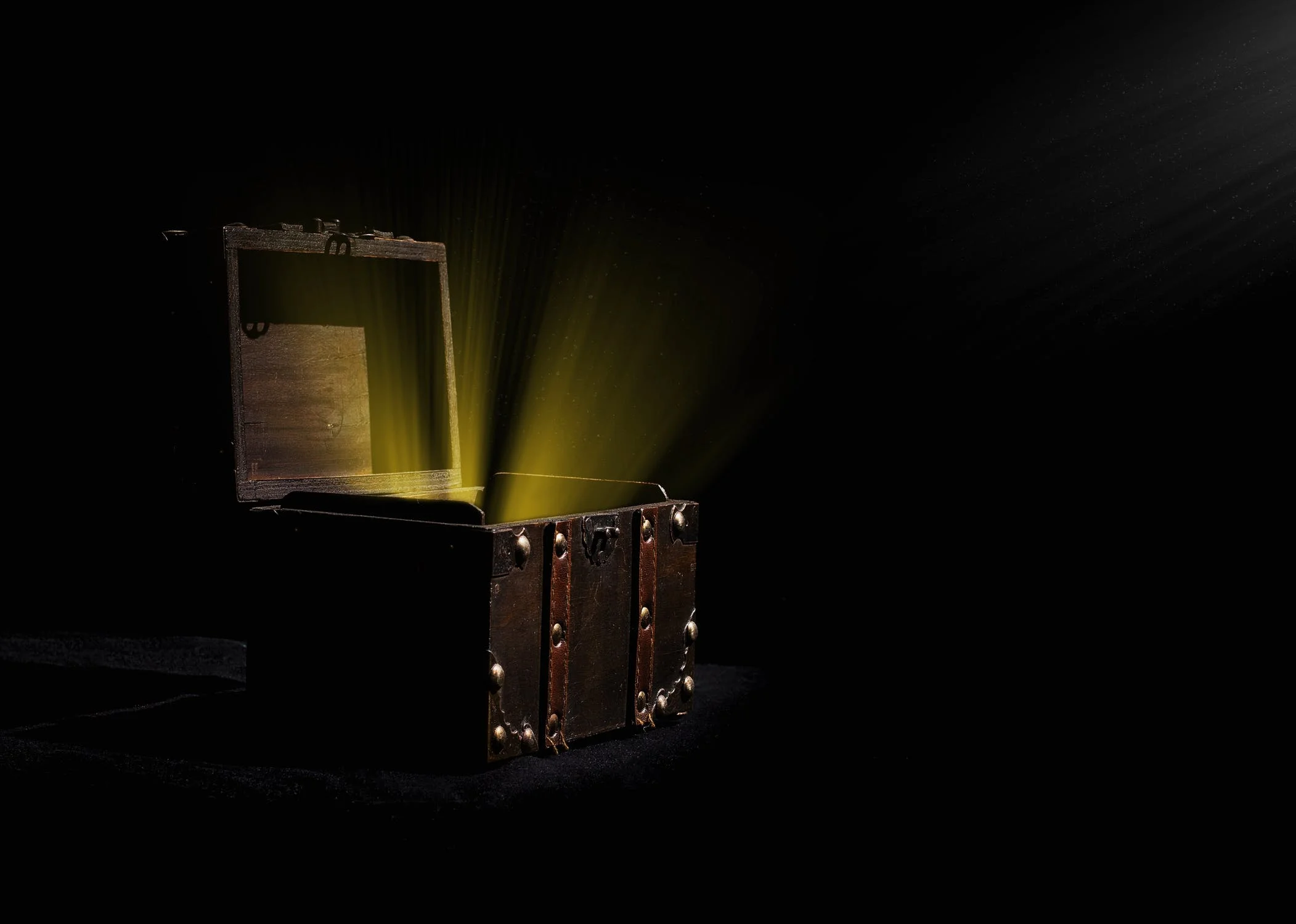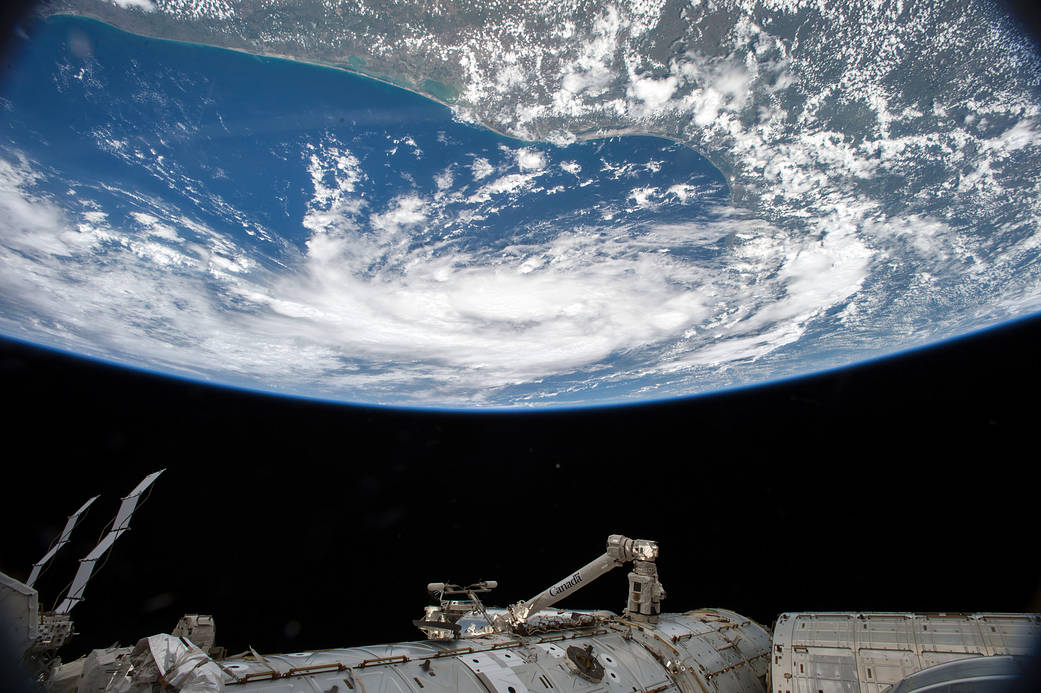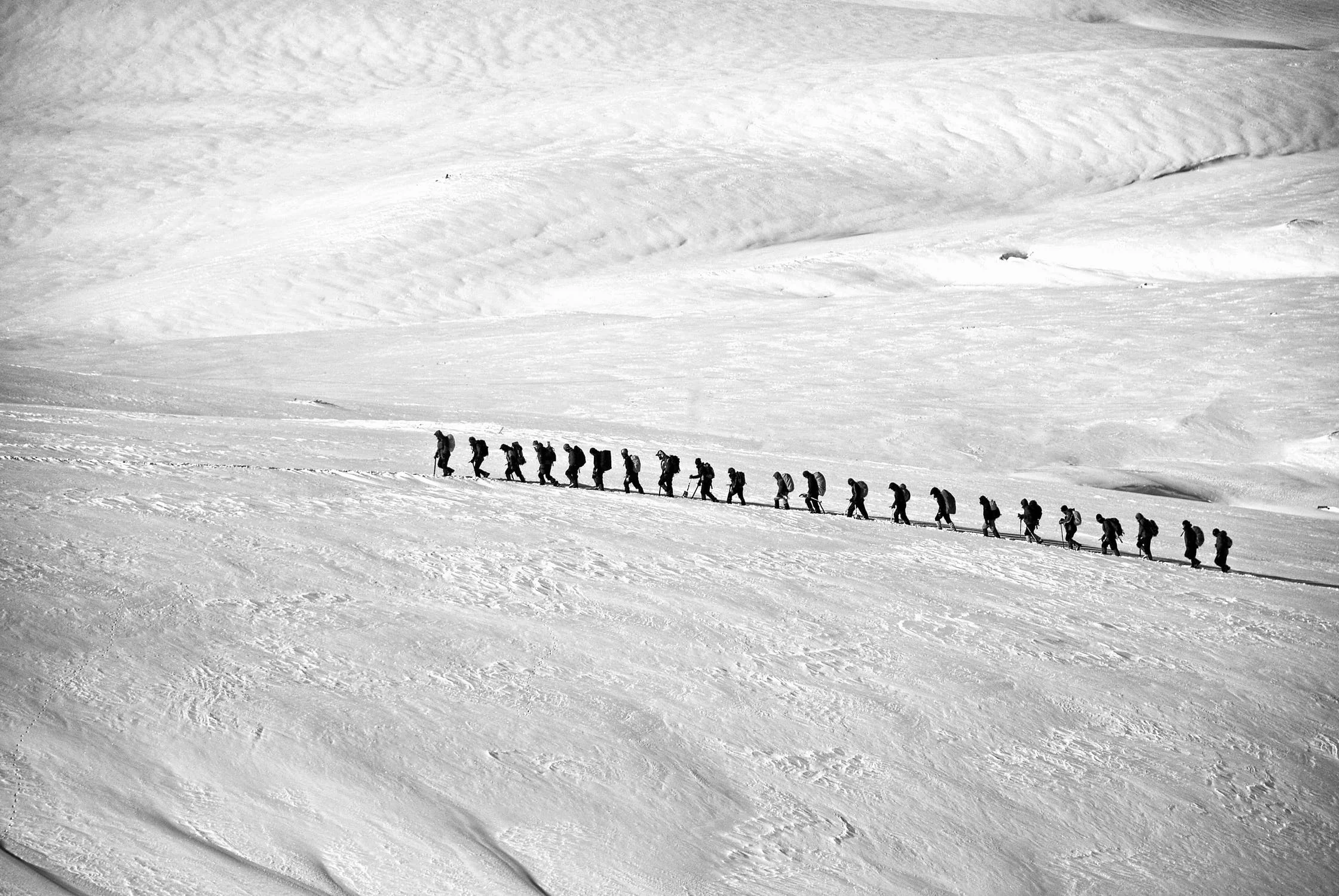Safety in a box
The breadth and scope of Mother Nature are immense, and it is remarkable that we are able to effortlessly process and picture its grandeur with the aid of a relatively tiny human brain. Encased in a hard, bony box, the human brain has gradually increased in size over the last 800,000 years. Scientists postulate that this increase in brain size correlated with dramatic fluctuations in the earth’s climate. Furthermore, they propose that a bigger brain and hence greater processing power to assimilate and understand new information may have provided a survival advantage. However, there are other creatures such as crocodiles that have outlived even dinosaurs, all with a brain the size of a walnut. Perhaps the physical evolution of the human brain to its present size and complexity was essential to interface with the mind, a unique ability available only humankind. We straddle two worlds - the anatomical one of the body and the functional one of the mind. Often, information pertaining to the two are merged into one composite. Moving from the safety of this image to naked reality of who we truly are requires maintaining our awareness outside the box of the mind.
The view of the earth from the international space station is spectacular and gives us a whole new perspective of our world. The two images below show the earth as captured by astronauts aboard the orbiting space station. In picture A, it appears that the earth is being suspended above the astronaut’s head and in picture B, the astronaut appears to be walking on clouds.
Picture A. (Courtesy NASA/Scott Kelly (@StationCDRKelly)
Picture B. (Courtesy NASA/Chris Hadfield)
These images may be used as examples in understanding the differing perspectives from which we view the mind. When negativity plagues us, it feels as though the mind is immensely heavy and may crash into us any moment. From an observer’s perspective, picture A creates an image of a huge load being precariously suspended by an invisible mechanism. At other times, when we are happy and cheerful, we feel light inside as if we are walking on clouds, as depicted in picture B.
The “distance” to the mind from our inner subjective being is the same whether we are happy or sad, and the mind is neither heavy nor light in an absolute sense. Our perspective of the mind dramatically changes in these two contrasting emotional states and creates an illusory state in which the mind gains or loses weight, appear close or distant. The mind is neither above or below, it cannot be pinned to one location. Just as there is an invisible belt of gravity holding the orbiting space station in place relative to the earth, there is a link (not fully understood) between the body and the mind. Perhaps the illusory “I” provides the anchor that holds everything together for us.
The limited frame of the body with its physical infrastructure of the senses provides the mind information by which it becomes a gateway to an infinite variety of experiences. Although the size of the mind can never be quantified, the mind is a vast space with plenty of “open” areas compared to the compact nature of the body and its intricate cellular structure. Every square millimeter of the body is devoted to life-sustaining cellular activity, whereas in the mind there are copious amounts of “essential” and “nonessential” spaces. “Essential space” is where memories and experiences that have had a deep impact on us are stored, and “nonessential” space is where we indulge in activities such as daydreaming.
These pockets of space within the mind may be observed from a deeper place within. The inherent power of observation we possess, helps us perceive the distance that has always existed between our awareness and the body/mind complex. Just as we can observe our hands, feet, fingers, and toes, for instance, we can also observe our thoughts. Like a deck of cards that may be shuffled and rearranged in innumerable permutations and combinations and the card on top of the deck cannot be predicted, the mind deals us a set of thoughts every minute of each day and they cannot be predicted in advance. We don’t create these thoughts, but we are habituated to react to them. This reaction can be positive or negative and that in turn determines our state of mind.
It is exhausting and practically impossible to rearrange thoughts to suit our changing tastes, but we constantly try and that drains away precious energy. As our awareness descends into any given thought, it opens another virtual universe in which we can go in myriad different directions. Within each thought, there may be numerous other thoughts stacked like a Matryoshka doll, a Russian nesting doll in which series of smaller dolls are placed within larger ones. As we venture deeper and deeper into our thoughts, their contents get more granular. At every turn, we are faced with a choice determined by our likes and dislikes. Going towards what we like opens a different world of thoughts compared to the scenario where we dwell on what we dislike. If it is easy to get lost with micro-universe of one thought, imagine the difficulty of finding our bearings when we are flooded with thousands of thoughts each day.
Within the walls of the mind, we can zoom in and out of thoughts like the lens of a camera. However, it is not easy to leave the sequestered confines of the mind. Awareness is generally tethered deeply within the mind through the roots of identification. The direction in which we turn our awareness determines if we are heading towards freedom from the mind or bondage of the mind. As an example, if our eyes are focused on the ground below our feet, it gives us a feeling of being limited in comparison to looking up at the sky where we are able to see stars tens of millions of light years away.
At any given moment, our awareness is likely perched upon one thought or another. The “density” of any thought is determined by the degree of our identification with it. Some are transparent as air, such as those transient ones that momentarily appear and disappear in the periphery of our awareness. There are many other thoughts that become fossilized and appear permanent, never leaving our side. Such thoughts may include deep-seated personal feelings, long-held beliefs or traditions. Greater our interaction with such thoughts, more likely the mind becomes like an airtight safe deposit box. Just as we lock ourselves behind closed doors at night for safety reasons, these highly meaningful thoughts may provide a safe shelter. But in the bigger picture, they don’t lead us towards inner freedom.
There is no fixed rule that the contents of the mind must belong solely to us. All our experiences are a byproduct of the miracle called life, just as carbon dioxide is a byproduct of cellular life. We constantly expel with each breath carbon dioxide produced by the cells and organs of the body, holding no attachment to it. Neither are we attached to the oxygen we breathe in. Similarly, the mind breathes in experiences through the senses. As long as there is a free exchange in and out of the mind, there is vibrancy and life. Once we start holding onto some experiences as ours, the mind starts to stagnate and the first symptom of this is pain. This is similar to the body which activates pain receptors when oxygen is cut off to a vital organ such as the heart, a condition commonly referred to as a heart attack.
The carbon dioxide that is expelled from our lungs with every breath is useful to other living entities such as trees which transform it into oxygen we depend on. Similarly, the accumulated human experience becomes useful if it is freely shared. But if we hold on to the knowledge we have within and not use it for the welfare of others, it may eventually become toxic. Whenever we take pride in knowing that we have the knowledge or other resources that others lack, the ego gets a helpful boost. A toxic ego is a self-created hell, and we may not even be aware of this going on within us until it is too late.
Just as the physical body changes over time, stored memories of any given prior experience also change. Selective fragments of memory when retrieved and highlighted, usually take on an entirely different meaning in the context of our present situation. If we perceive them as pleasant we tend to open up and if unpleasant we close up. But when observed from deeper within, the mind can neither be “opened or closed”. The mind may be thought of as a tunnel. From deep within a tunnel, the opening at one end appears like a small circle of light. But at the mouth of the tunnel, there are no constraints to our vision and the sense of being confined disappears. The walls of a tunnel represent “inside influences” which are our prior conditioning. More we give into them, the world appears distant and like a dim light at the end of the tunnel. But if we travel through the tunnel of mental conditioning towards openness, the world will open up.
Awareness of the outer objective world and the inner subjective space are interlinked. As long we keep the safe deposit box of memories and conditioning aside, there can be a merger of the objective and the subjective. Who we truly are does not disappear when the mind rests in sleep or when life energy times out of the body. Just as air in the atmosphere serves all life and is not partial to one group or country, the awareness that rests behind the body and the mind is not partisan to what we consider our body or our mind. The mind/body complex is a box that provides a temporary sense of safety. Opening ourselves to an awareness of what lies behind and beyond this box will not just greatly enhance the experience of life as it is, but it may lead to mankind’s most important discovery, our true reality.









